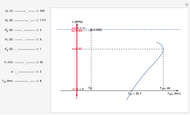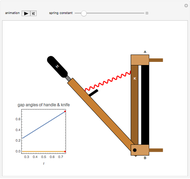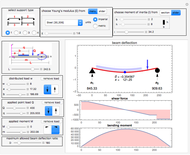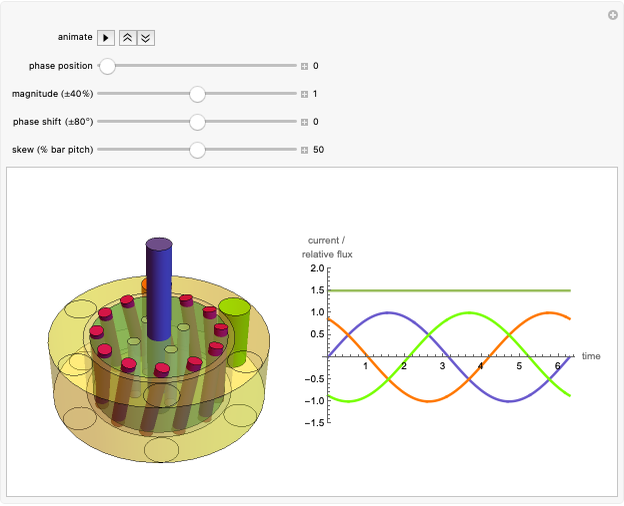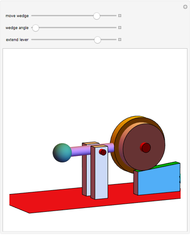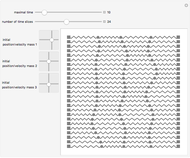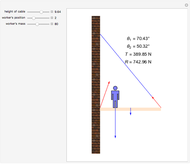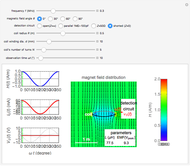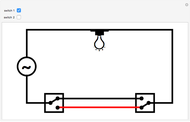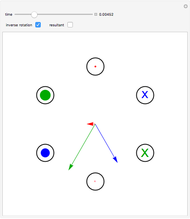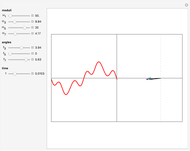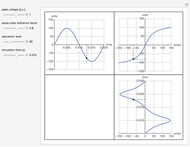Torque Curves for a Three-Phase Induction Motor Operating a Fan

Requires a Wolfram Notebook System
Interact on desktop, mobile and cloud with the free Wolfram Player or other Wolfram Language products.
This Demonstration shows superimposed plots of the torque curves of a three-phase induction motor and that of a connected ventilation fan.
[more]
Contributed by: Diego M. Ferreyra (October 2013)
Open content licensed under CC BY-NC-SA
Snapshots
Details
The IV-pole, 5.5-kW, 11.7-A, 50-Hz motor has the following equivalent circuit parameters referred to the stator:
- Stator resistance: 
- Stator leakage reactance: 
- Rotor resistance: 
- Rotor leakage reactance: 
- Magnetizing branch reactance: 
- The parallel branch resistance is neglected.
The fan is supposed to draw exactly 5.5 kW from the motor (the motor's rated power) at its rated speed. For simplicity, the fan torque curve is adjusted using a quadratic fit starting at  .
.
You can vary the voltage applied to the motor to show the corresponding torque-axis variation of the motor's torque curve. You can also vary the current frequency between 50 Hz and 60 Hz, which clearly changes the synchronous speed (intersection of the motor's torque curve with the speed axis) along with the horizontal shape of the motor's torque curve.
Additionally, you can vary the rotor resistance  over a wide range to show the impact of this design parameter on the motor's performance.
over a wide range to show the impact of this design parameter on the motor's performance.
The area of the shaded rectangle represents the mechanical power transferred from the motor to the fan at the corresponding operating conditions. It is of particular interest to compare the visible increase in the mechanical power when the supply frequency is switched from 50 Hz to 60 Hz.
Reference
[1] S. Chapman, Electric Machinery Fundamentals, 4th ed., New York: McGraw–Hill, 2005.
Permanent Citation







